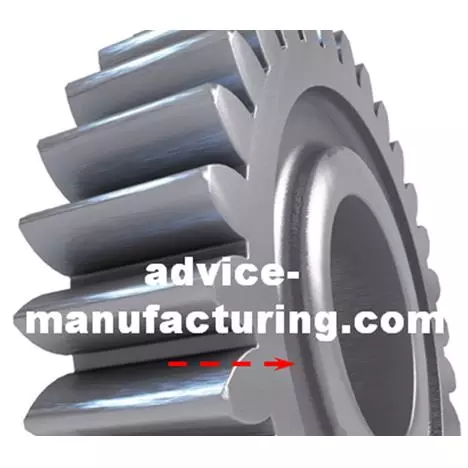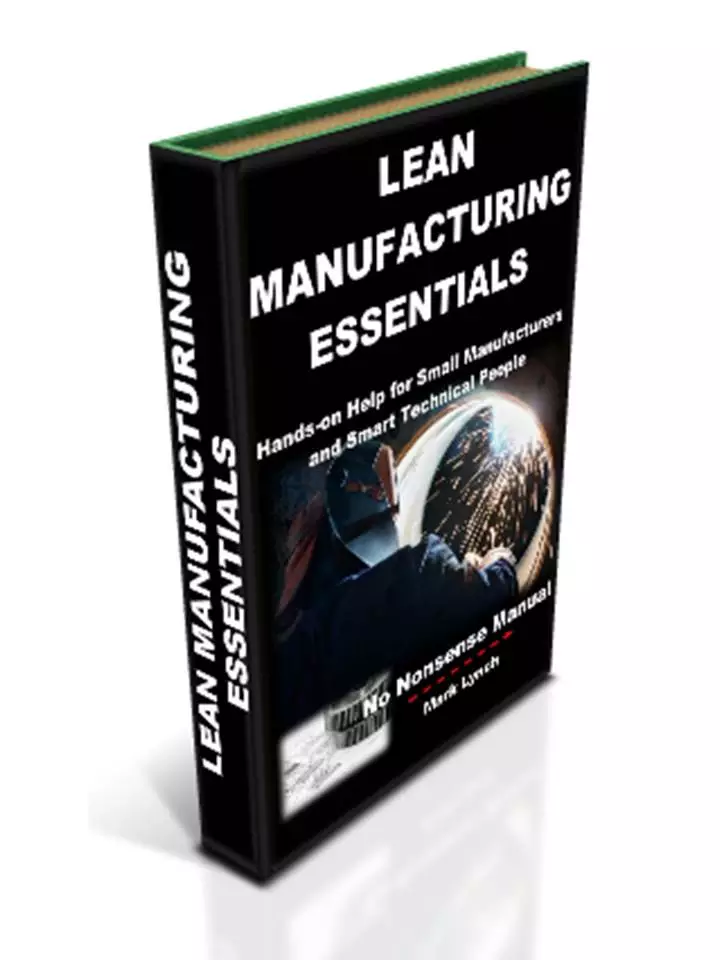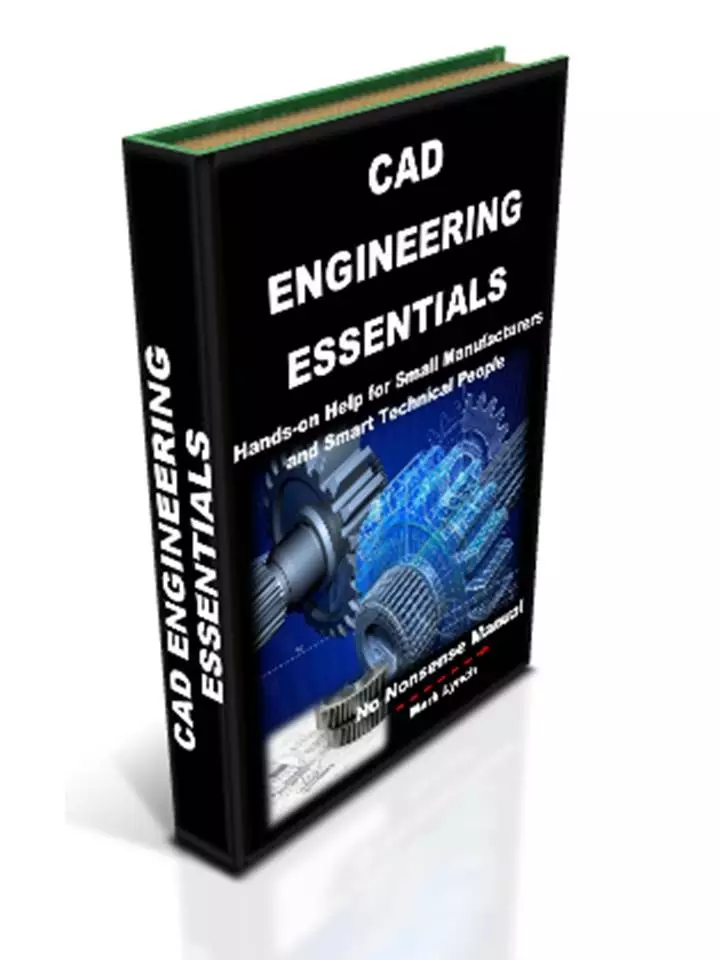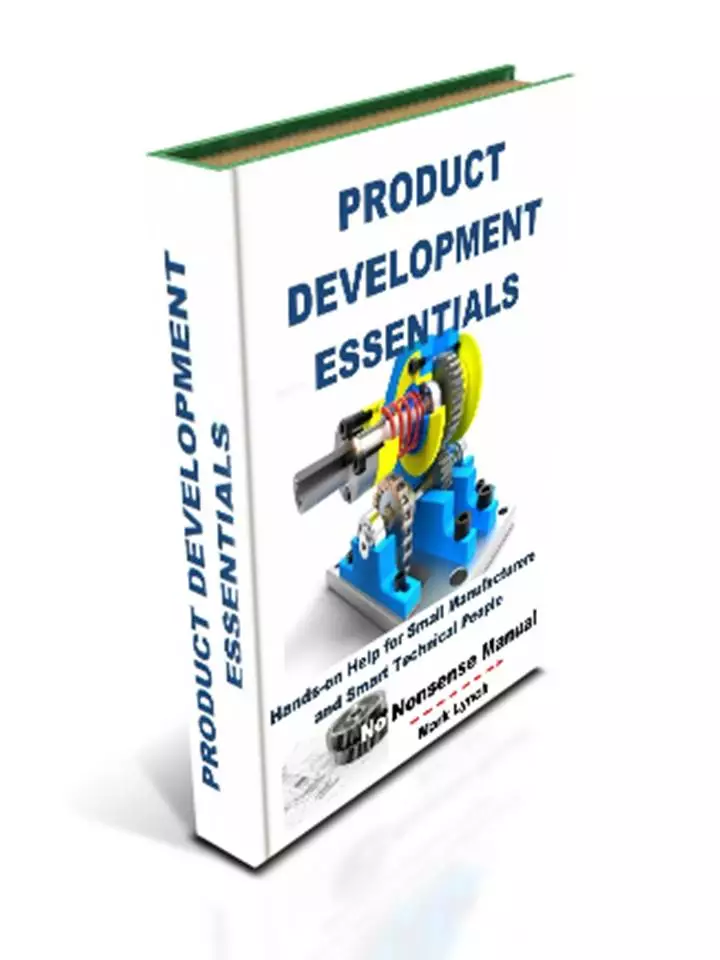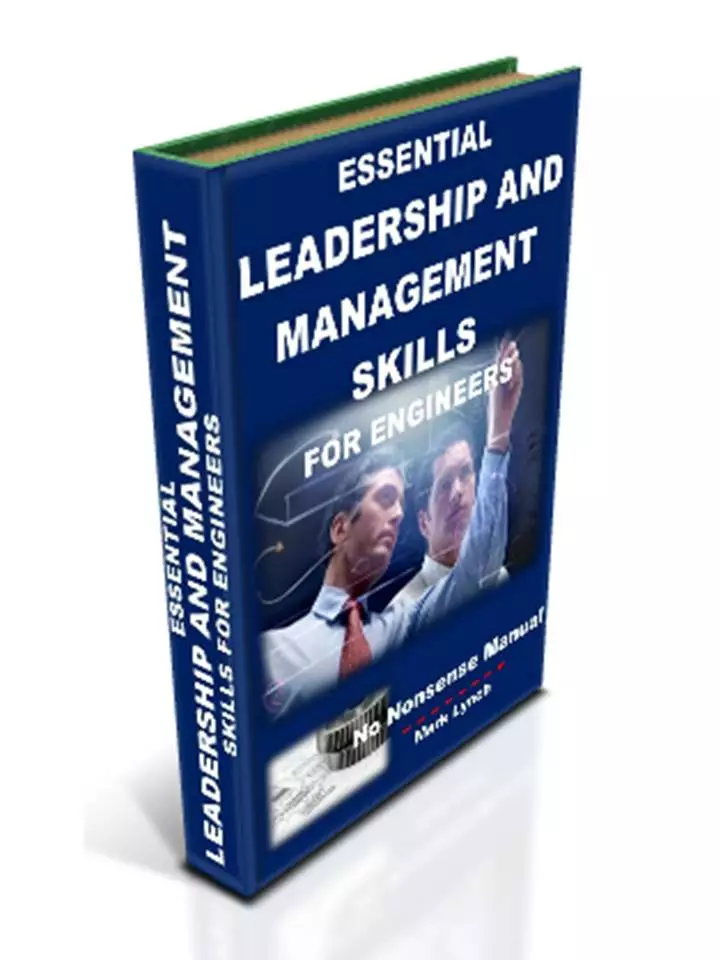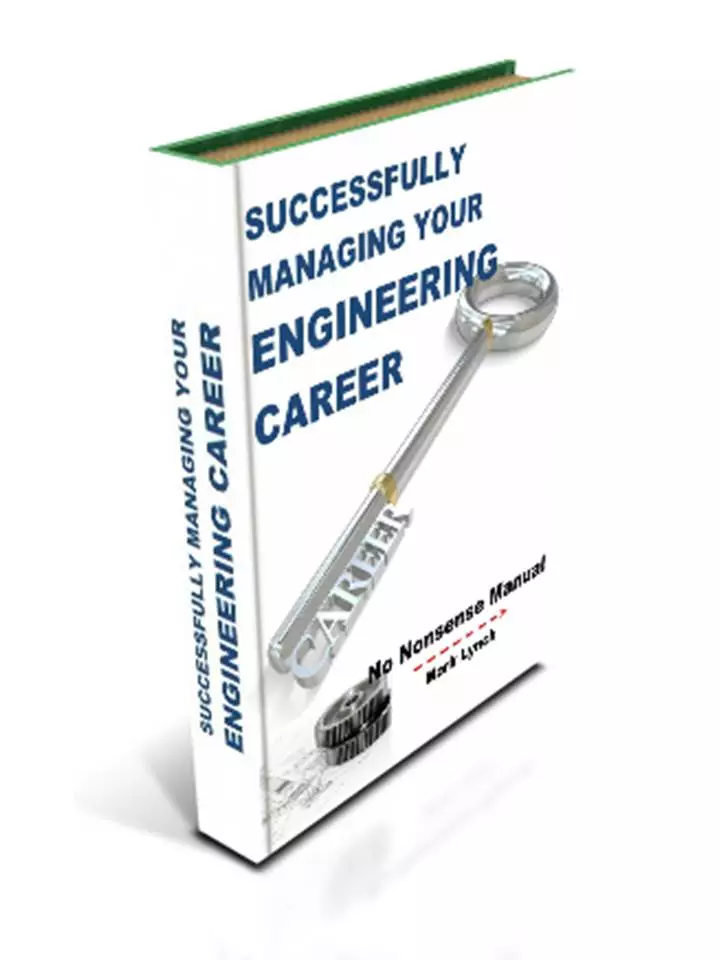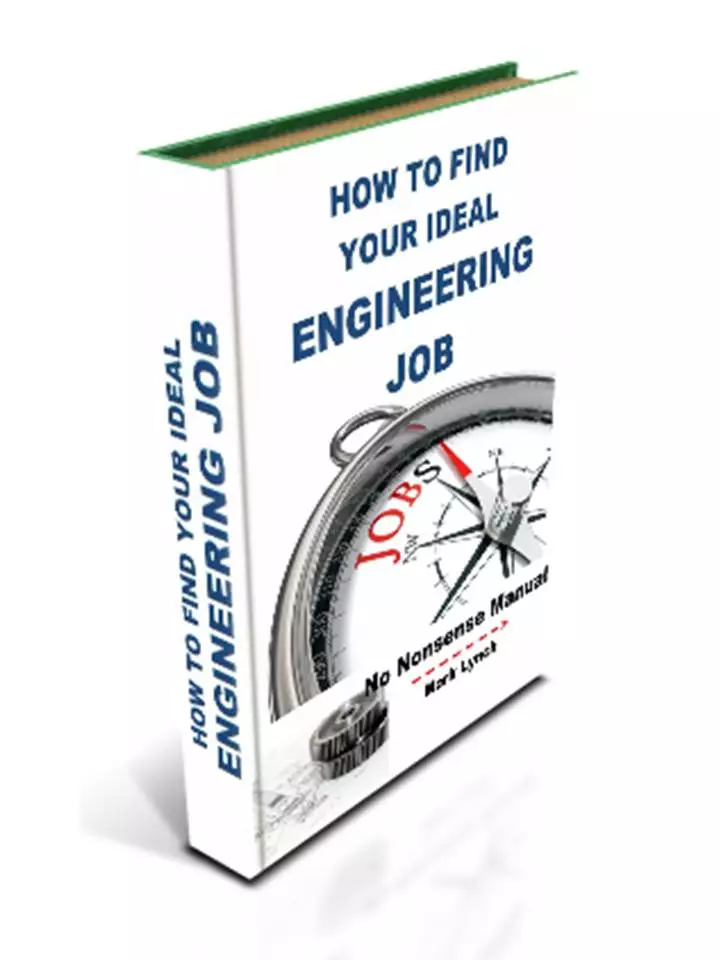'Hands-on Help for SMEs' and Smart Technical People'
Product Launch and Development Process Review
Essential Product Development for Engineers
Product Launch
The launch of your new product will require effort, resources and a well thought out plan. Again, depending on the nature of your product and the industry sector, specifically how products are typically launched will vary. However, some useful recommendations are listed below. You may want to consider some of them as you put together your launch strategy.
- Targeted advertising and publicity to prospective customers through a range of media. Examples include industry literature, mail shots, email marketing and social media. The web offers numerous ways of getting your information to a wide range of potential customers. Market online to get your news out to prospective consumers who are geographically dispersed.
- Join trade associations and bodies to network and to meet potential customers, suppliers and partners. Trade bodies often hold get-togethers, which are perfect occasions for new product launches. In addition, they are always after interesting new news release stories from their members, for their publications.
- Exhibitions are ideal opportunities for launching new products, although they can be costly to attend for small manufacturers. Here, potential customers can interact with your product, see it in action and watch it demonstrate its capabilities. Importantly the human interaction and potential for sales makes exhibitions an ever-popular event to launch a new product.
If you are fortunate enough to have sales and marketing expertise in your small manufacturing business (and indeed your cross-functional team), Product Launch is the product development stage where they can lead and make a significant contribution.
Or alternatively, successfully launching products to get ‘more bang for your buck’, is something specialist marketing and advertising businesses can assist small manufacturers with. They bring professionalism, experience and expertise to a part of the development process engineers are traditionally less assured with.
Key Product Launch Considerations
Product Development Review
Lessons learned sessions should be held at the end of the product development process. Here, the cross-functional team review how the process unfolded and compare this against the original plan. What went well? What went badly? What would you change if you had to do it again? Consider the top 5 things for each of these and rank them. Reflect on these questions from the perspectives of the different disciplines in the cross-functional team.
Make sure lessons are learned and captured so they can be accessed and influence future development projects. Use the knowledge gained in this project to refine future plans, process stages and other aspects of the project. Use the expertise gained to shorten the development cycle, learn from mistakes and spread best practice to others within the business; people who perhaps were not part of the cross-functional team.
Continuous Improvement activities are a must after the product has been launched. All who come in contact with the product, throughout its lifecycle, should be encouraged to feedback good ideas, refinements and improvements. For example, great ideas can be obtained from customers, sales, design engineers, production technicians, suppliers, service and maintenance, and even those responsible for disposal. Importantly there should be a clear process or mechanism for feeding these ideas back to the design engineers (probably the most appropriate keepers of the information in the process).
Engineering change orders (ECOs) traditionally fulfil this function in many manufacturing businesses. The ECO process involves requesting a change, followed by review, approval and finally implementation. CAD models and technical drawings capture changes and are controlled by up-issuing, revisions and version control.
To complement the traditional ECO procedure (which may be a paper or digital process), the web should be used to conveniently feed improvement ideas back. Considering the list of potential contributors above, good ideas and improvements can be fed back through digital cameras, mobile phones, emails, websites, etc.
Finally, at the end of the product development process remember to celebrate – big time! Celebrating success also provides a great opportunity to thank everybody for their effort and show recognition for their input. Additionally, it repays employees’ goodwill and hard work, with the effect people feel appreciated. Morale, trust and loyalty increase as a result.
Next... What the Best Performing Manufacturers Do: How to Successfully Managing Product Development 1
Back to Product Development Essentials
When was the last time your business developed a NEW product? ...Or is 'Product Development' too far removed from your core Production Engineering activities?
Does your firm have a clear product development process, with a number of new products released to date? ...Or alternatively, do you think bread and butter production engineering is really what matters? Tell us about your product development experiences...
Share your story...and receive a FREE copy of our report 'Helping Your Manufacturing Business Thrive'...
PS: Feel free to name-drop your firm! There's nothing wrong with a bit of free publicity!
